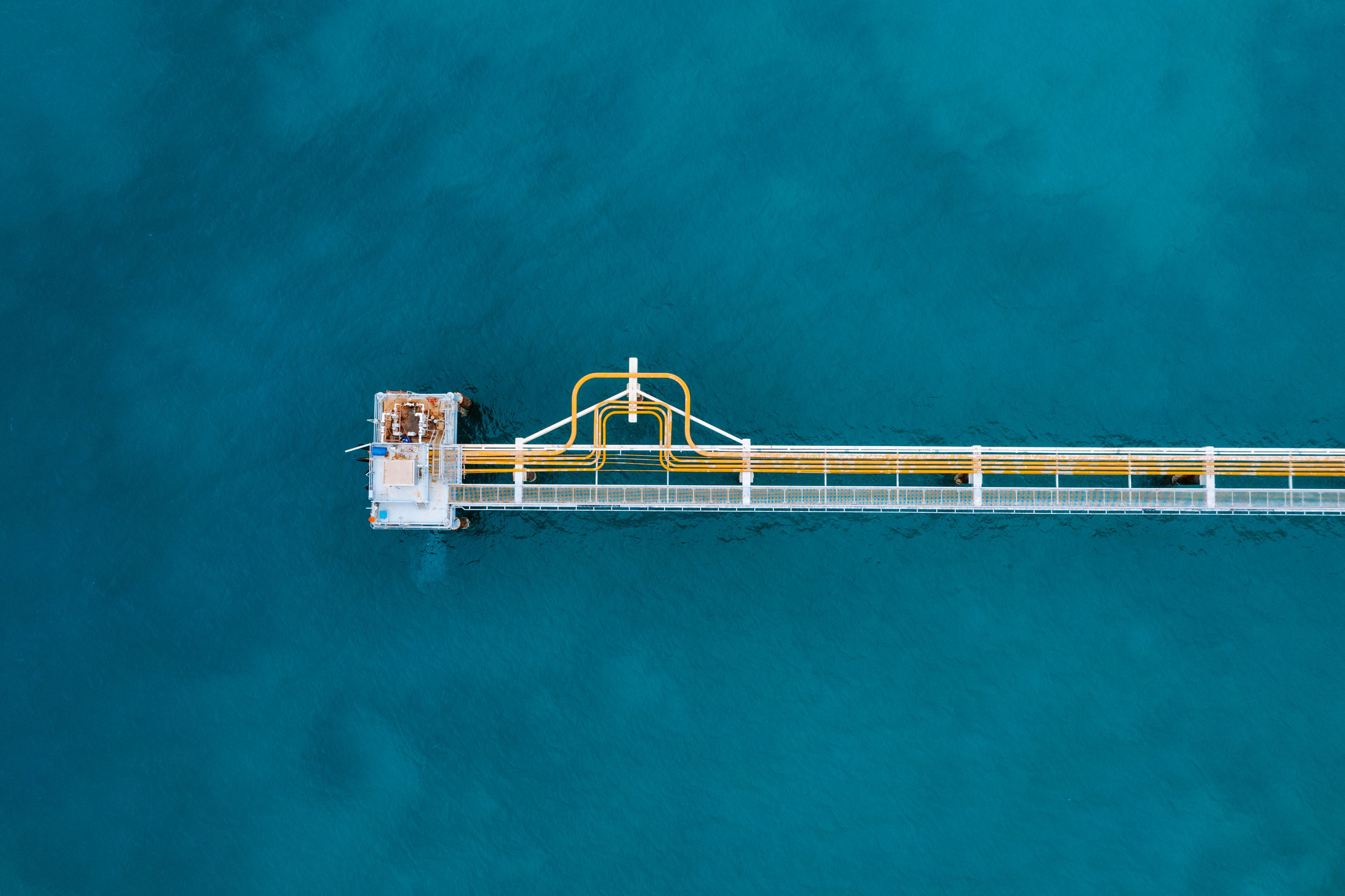Operator of the Songo Songo gas field

The Songo Songo gas field sits below the floor of the Indian Ocean, 15km offshore Tanzania’s coastline, 200km south of Dar es Salaam.
The block is approximately 170km2, comprising several compartments in the proven section known as Songo Songo Main and Songo Songo North, and adjacent the as yet unproven areas of Songo Songo Extreme North and Songo Songo West.
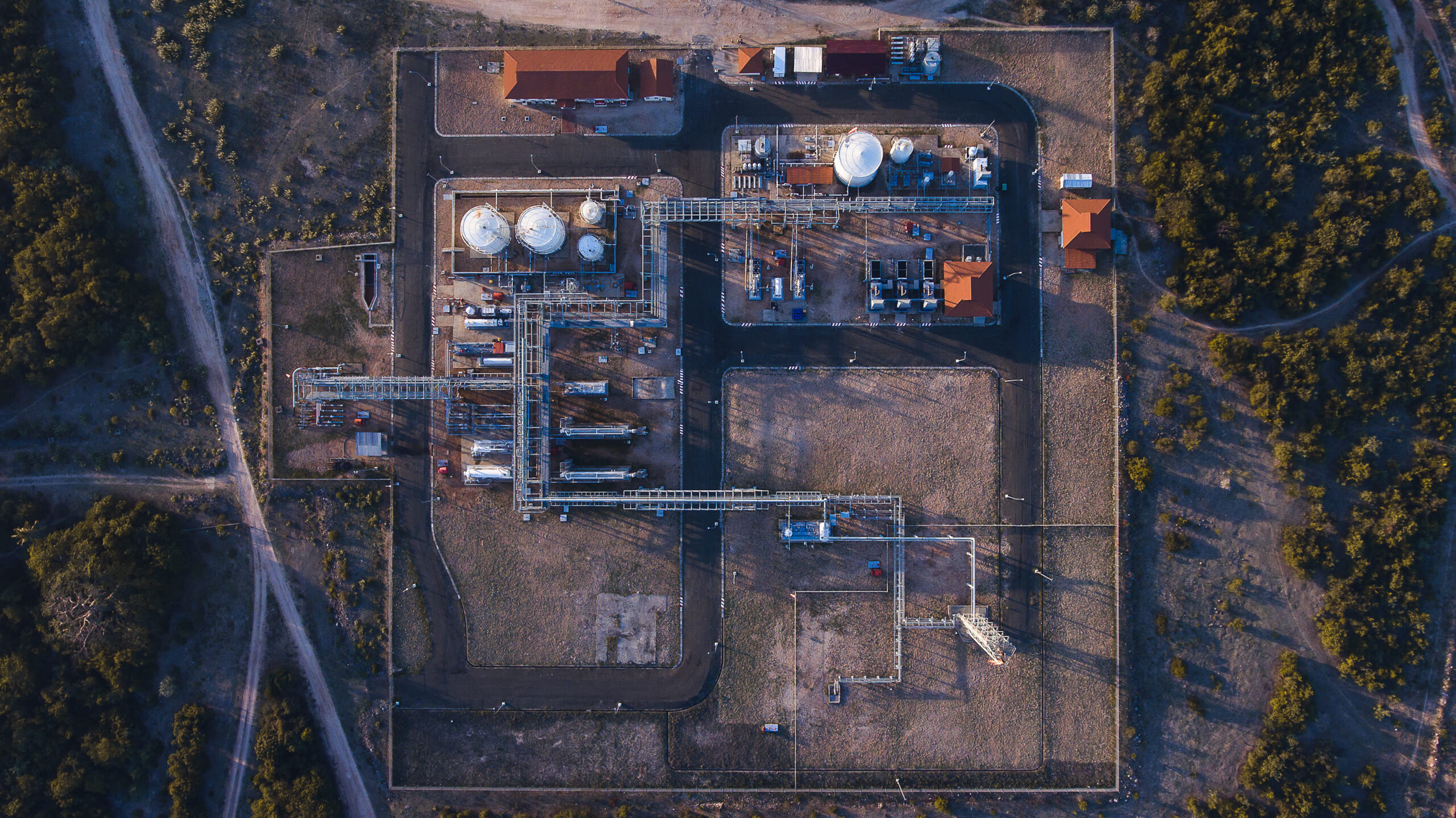
The Songo Songo gas field
By the end of 2022, the Songo Songo natural gas field has produced more than 500 Bcf of natural gas across more than 18-years of production.
The continuous production has, each year, revealed further invaluable details regarding the reservoir, its construct and content. Our sub-surface team has built an array of reservoir and well data, and static and dynamic models. These are being constantly updated, tested and adjusted to underpin gas production and develop the field efficiently.
In recent years, compartmentalisation of what was once considered an homogenous tank in Songo Songo Main, has been identified. This added complexity has led to new considerations for future field development.
Songas plant
The Songas owned processing plant on Songo Songo Island was constructed as part of the overall project. At an original capacity of 70MMscfd, it commenced production in 2004.
Our operations team has maintained the plant at exceptional levels of availability through the past 18-years, with up-time averaging >99% outside of planned maintenance and upgrade.
The plant’s capacity has been expanded twice to meet growing demand for gas, and has recently been improved through the addition of refrigeration and compression to sustain gas production at the required specification – primarily temperature and pressure, alongside gas composition. The cost of these recent upgrades exceeded US$50m.
In 2015, former President Kikwete inaugurated the National Natural Gas Infrastructure (NNGI), including a 140MMscfd gas processing plant, which is tied into a separate 36-inch transportation line (784MMscfd), adjacent to the Songas plant on Songo Songo Island. This additional plant brought considerable new processing capacity and with it, operational robustness.
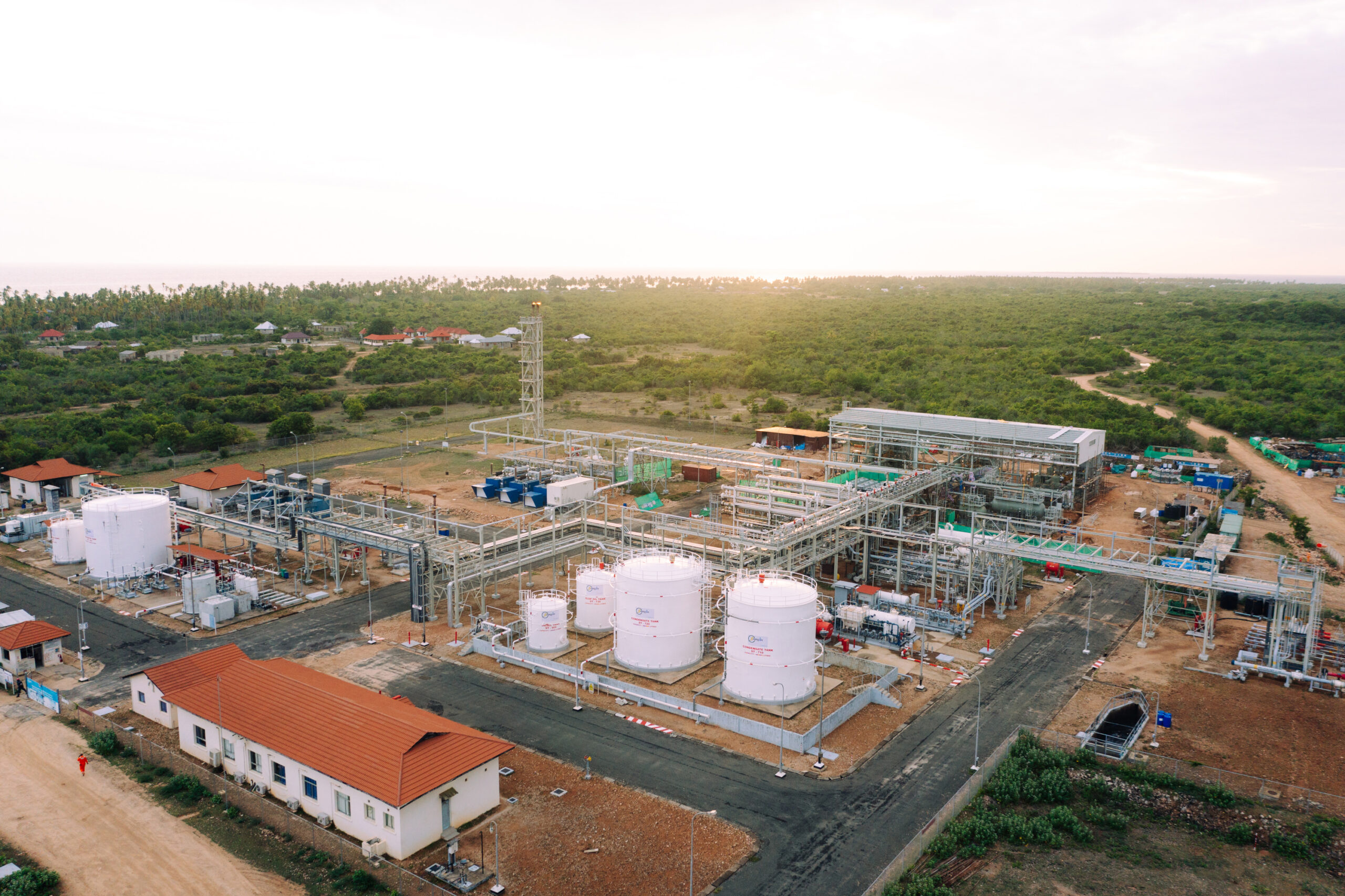
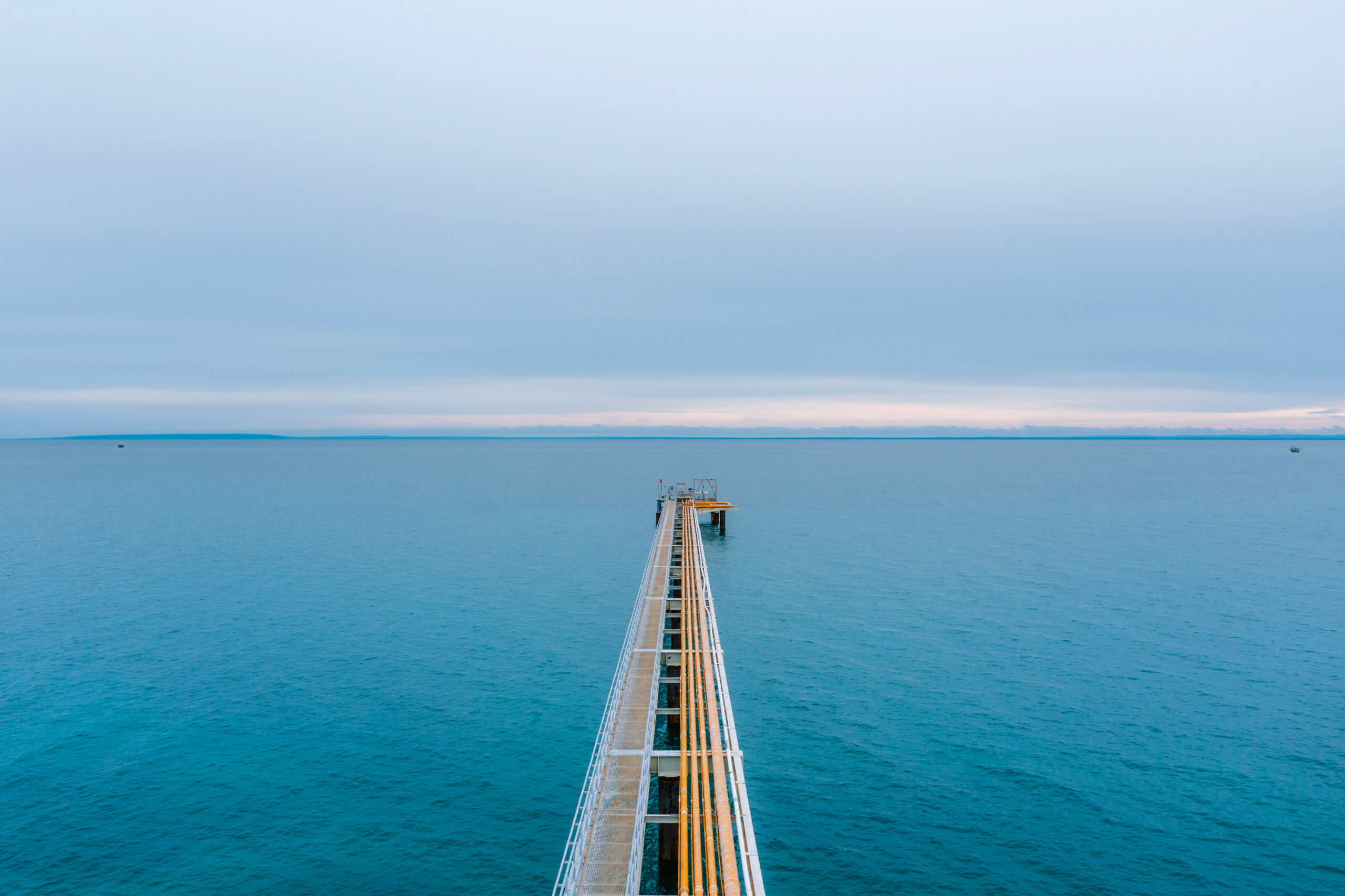
Gas wells
A total of twelve wells were drilled in the Songo Songo gas field. Eight gas wells remain and, as at the end of 2022, six were producing with two subject to planning to bring them back to production. Four of the wells are offshore in shallow water, and four are onshore.
Throughout the course of the past six years the Company has embarked on a staged well-workover, side-track and drilling program to restore production and ensure a safe operating environment.
More than $100 million was spent through this program, with all wells now completed with 13% chrome production tubing.
Seven of the eight gas wells are tied into the PAET operated Songas gas processing facility, of which two are also tied into, with dual flow capability, the adjacent NNGI gas processing plant, operated by GASCO, a subsidiary of the TPDC.
The final, eighth, gas well, is tied in only to the NNGI facility. Current production averages around 97MMscfd through the Songas facility and 40MMscfd through the NNGI.
Investing in the gas field
We recently undertook a sanding study to evaluate risks to production from reservoir deterioration and sand production. Although some sand has been produced from the field, no major risk to the wells, production and surface infrastructure has been identified. Despite this, the Company has implementing some sand monitoring and control measures across several wells. Downhole sand screens, downhole patching of unconsolidated zones, and surface centrifugal de-sanding units have been employed. Further monitoring will inform any future investments in sand management measures.
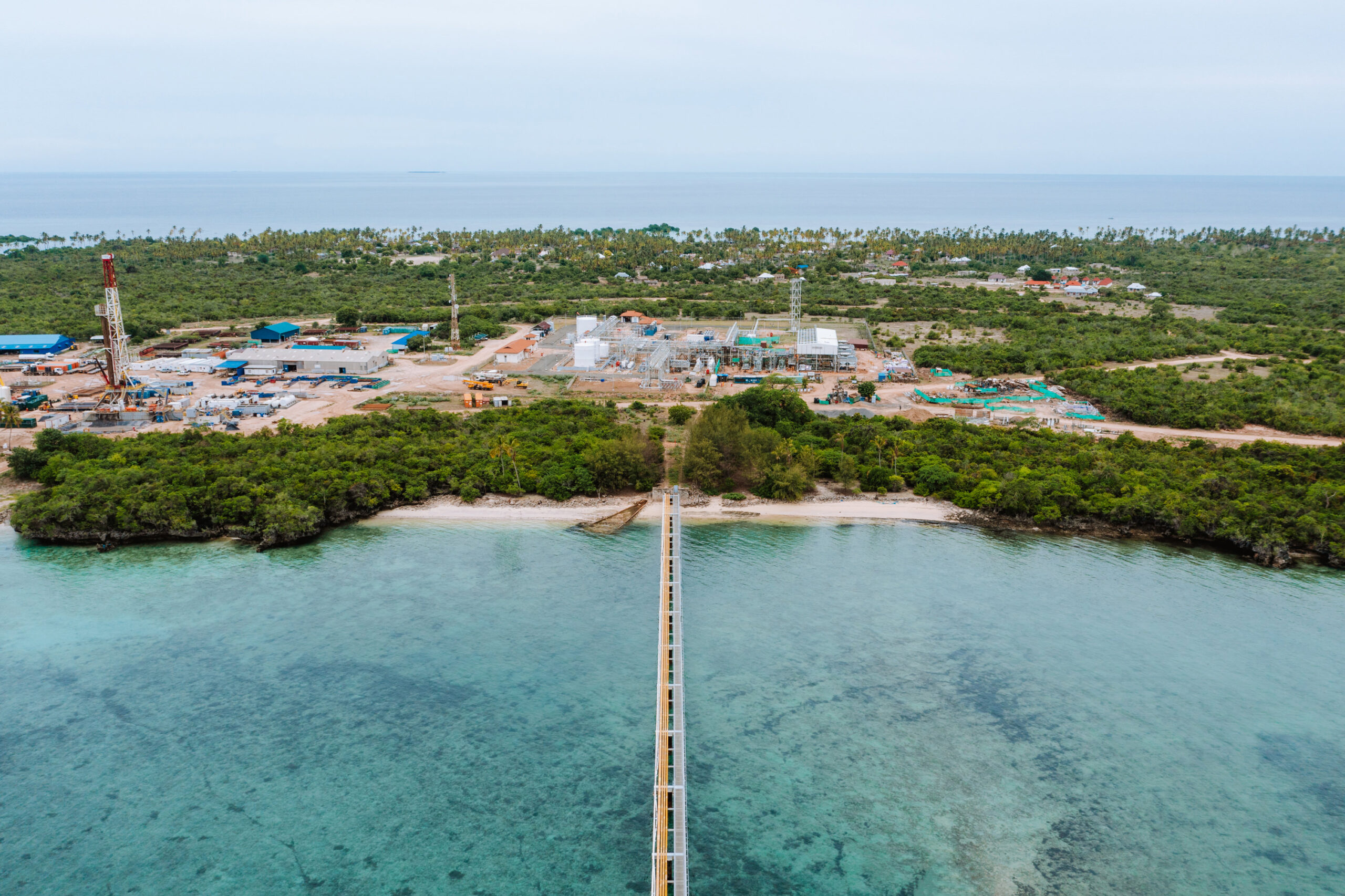

Processing coordination
Having wells tied into two processing facilities on Songo Songo Island presents the Company with a unique fall-back position should a shutdown occur or be induced for maintenance on the main Songas plant. The ability to increase or decrease production from the two, dual-flow-capable wells to either plant allows us to sustain gas production and thus power generation when one plant or transportation pipeline is under maintenance.
To achieve this, a significant degree of cooperation and coordination is required between operators. Having the Songas plant operated entirely by PAET’s local Tanzanian staff helps this significantly.
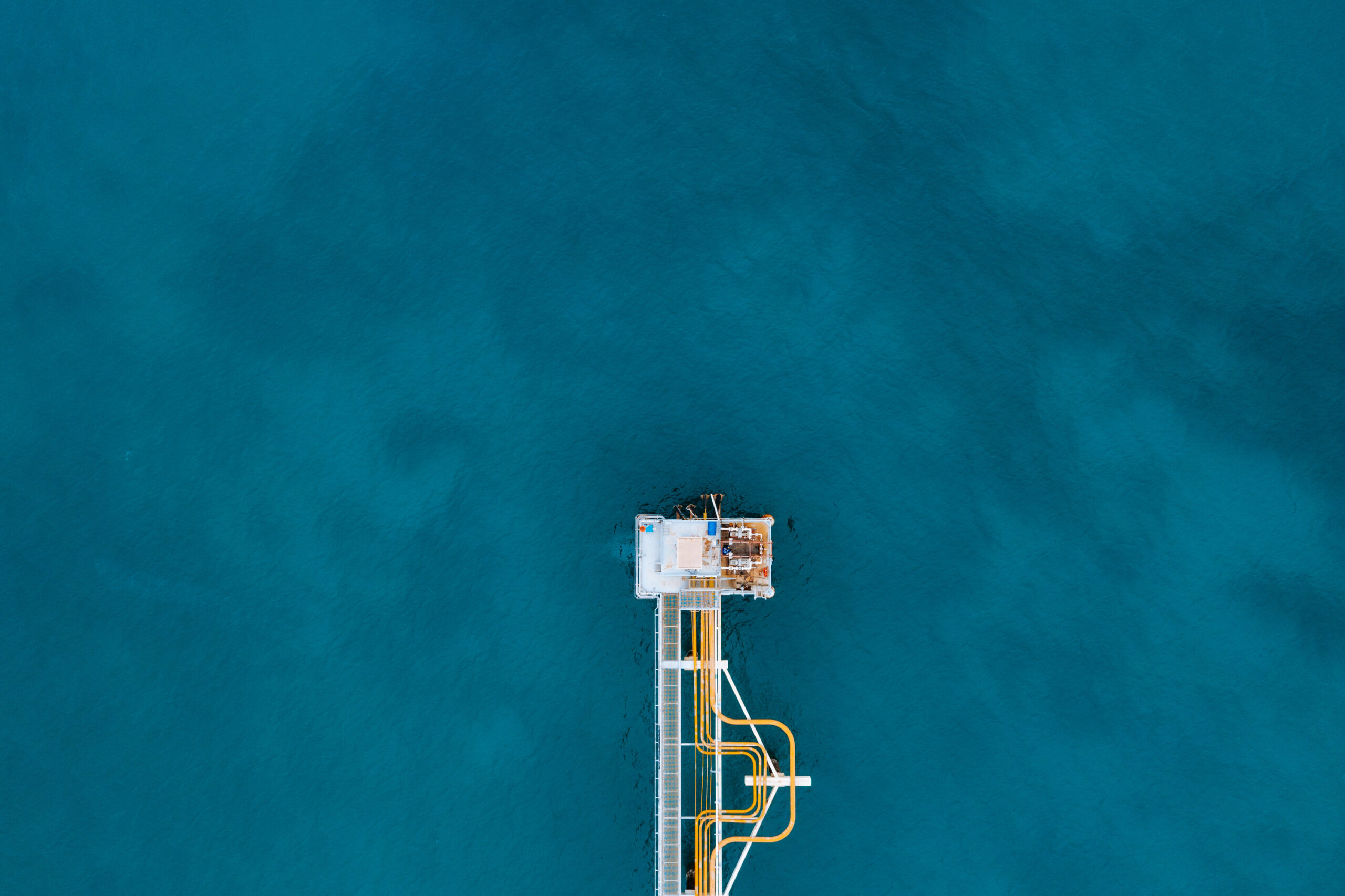
Addressing increasing demand
Compression was completed in March 2022, the system was expected to sustain existing gas demand until the end of the current license in 2026. However, an immediate and significant increase in demand (c.30%) has led to the Company examining additional options to sustain production; these options are still being evaluated and would be subject to partner approvals. Additional demand will require additional field and/or facilities development, which is being evaluated.
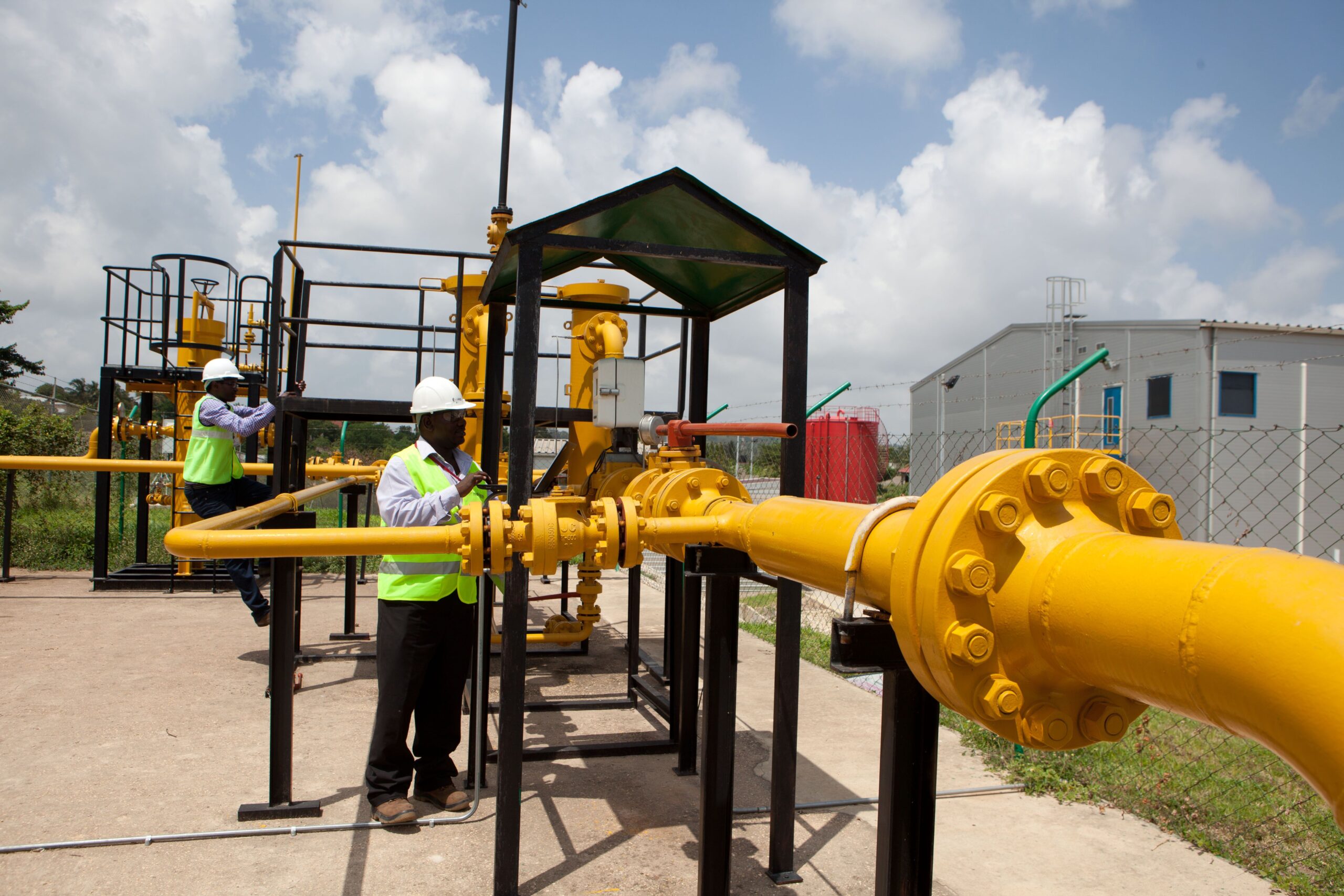
Transportation
Processed gas is transported to Dar es Salaam via the two transportation pipelines: the Songas 16 inch line, and the NNGI 36 inch line. Like the two processing plants, the two transportation pipelines establish considerable resilience in our ability to get gas to its final destinations.
Through a combination of line packing and simple engineering we are able to ensure that the majority of the gas is able to get to our customers during any short shut-down periods.
On arrival in Dar es Salaam, the gas transported through the Songas line is delivered at high pressure to five of Tanzania’s nine main gas fired power stations, while the gas supplied through the NNGI infrastructure is believed to be used in firing the remaining three stations. We estimate that in total, Songo Songo gas fires an average of 600MW of power generation daily.
Distribution network
The balance of the gas produced and not used in power generation sustains more than 50 industrial contracts in the Dar es Salaam area. The high pressure gas arriving in Dar es Salaam is reduced via two pressure reducing stations before entering a >50km low pressure ring main that transports the gas to the industries.
Led by a young Tanzanian Engineer, our local downstream team work to ensure the distribution network and customer gas reception and metering facilities are maintained safely and systems are recording accurately.
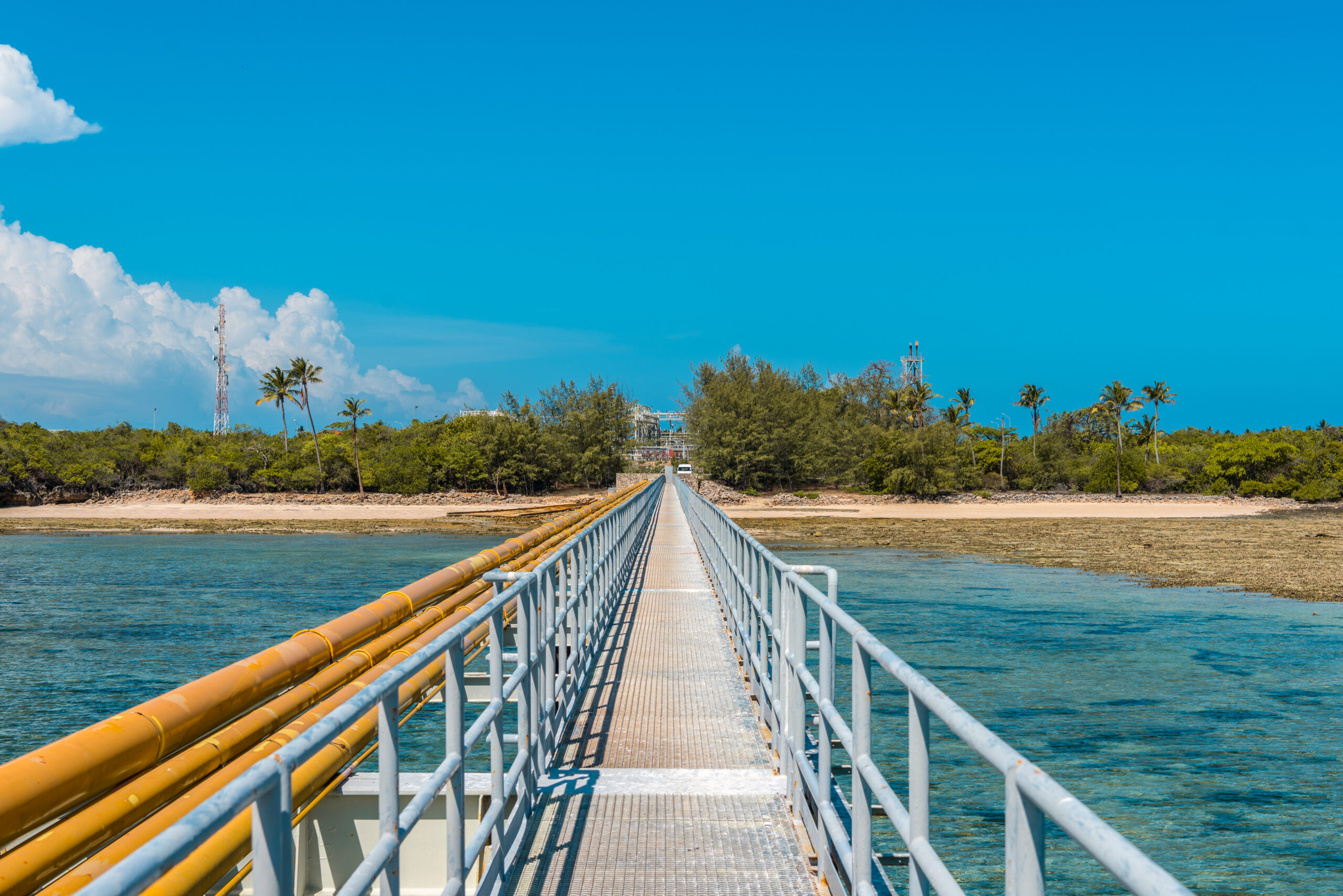
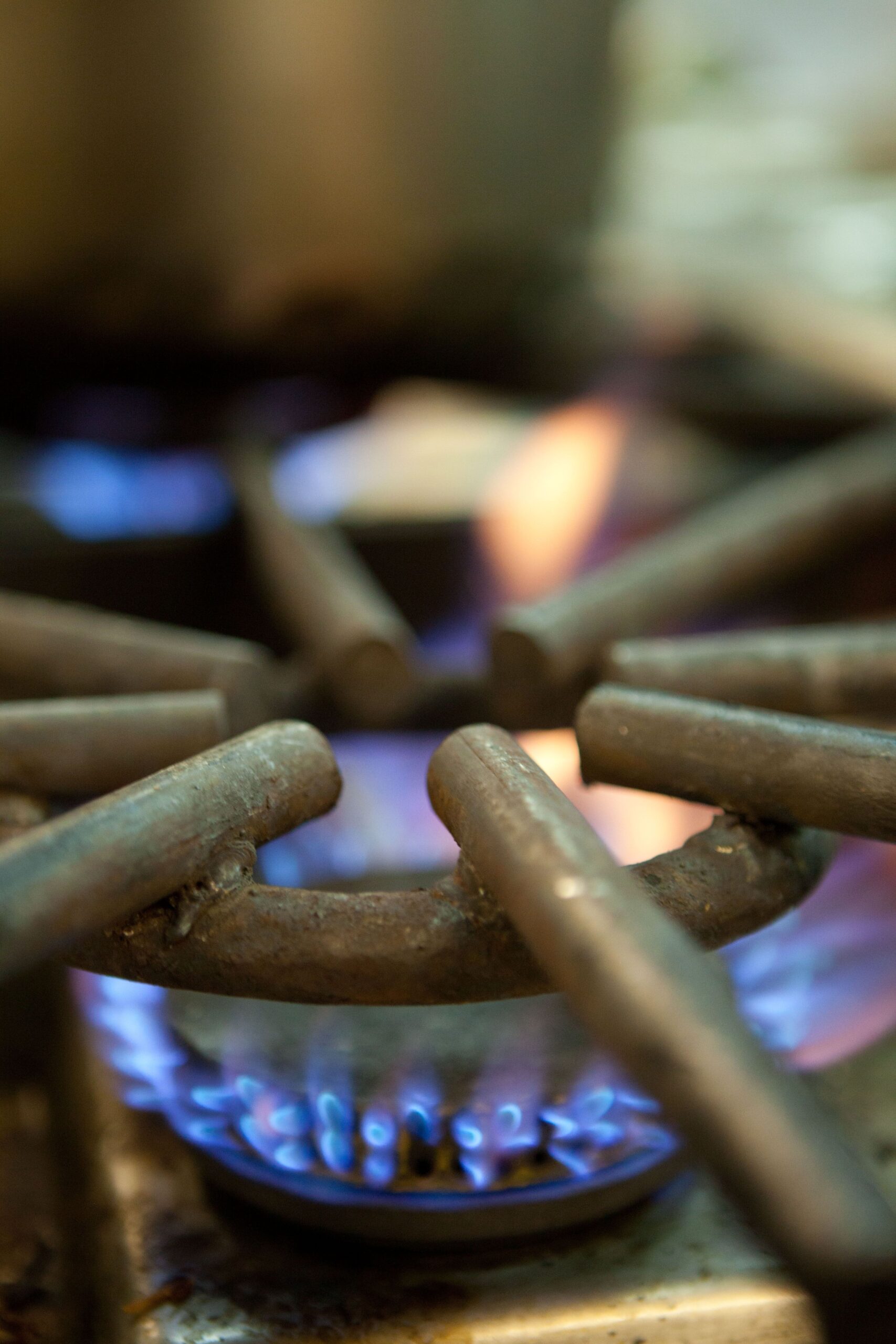
Diverse customer base
Outside of gas to power generation, we enjoy a very diverse customer base that ensures industrial downturns do not affect gas sales significantly. Although only 15% of our total gas production goes to industrial customers, they are a critical part of our business model and their sustainment is vital in delivering positive effect in Tanzania. The diverse base means that every day, Tanzanians gain direct and tangible benefit from their national natural resources and the consumer goods produced from it. From cooking oils to flour, from tin roofing to crockery, and from beer to the bottles that contain it, Songo Songo gas is used by Tanzanian industries to produce locally, more affordable, higher quality goods.
Also, as the gas supplier to the leading cement producer in Tanzania, Songo Songo gas has played a key role in the vast majority of new infrastructure development in Tanzania, including new roads, bridges and the emergent Julius Nyerere Hydro Dam. The positive effects and national development achieved, partly due to gas production from the Songo Songo gas plant over the past 18 years is visible across the country.
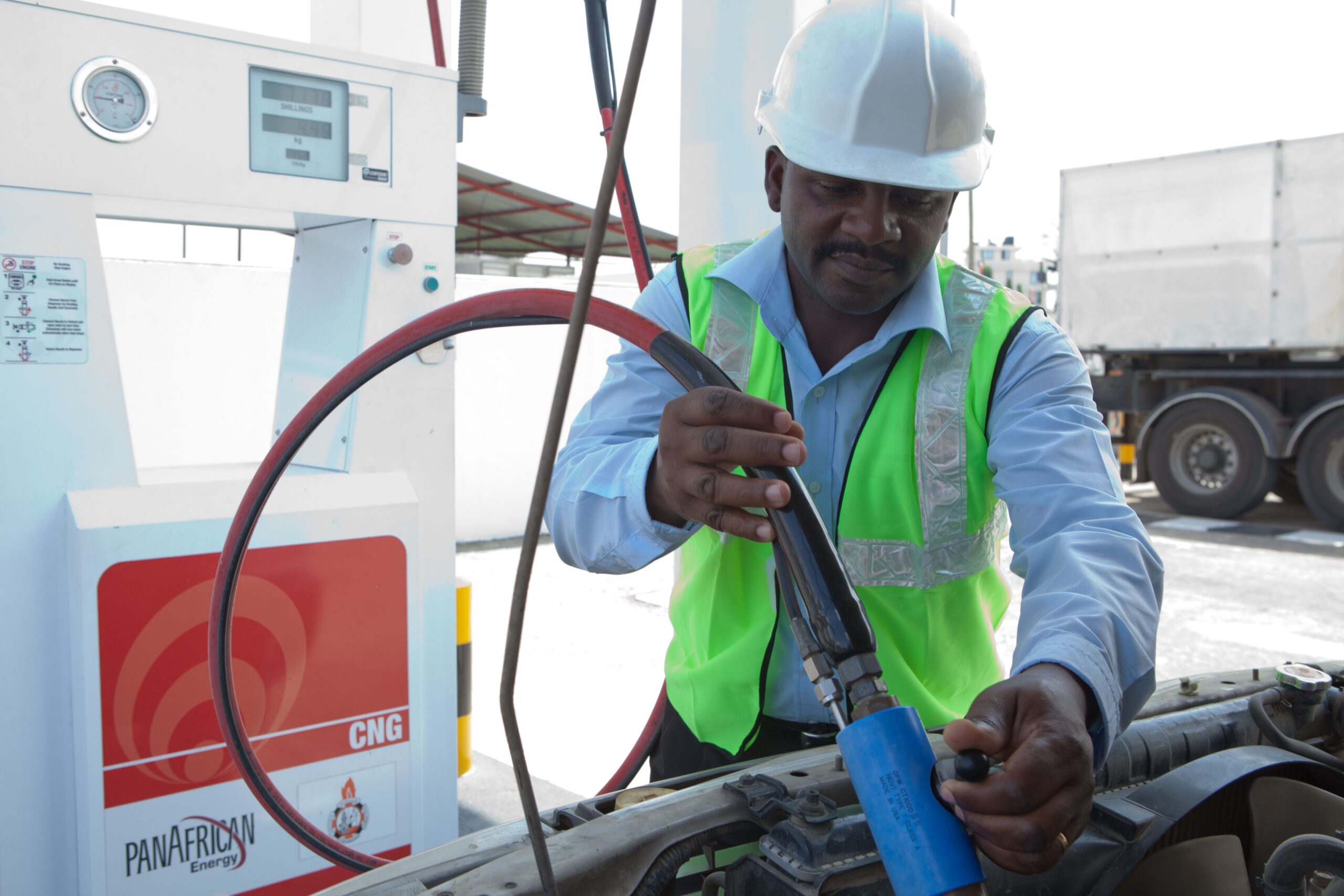
Our customer base
Compressed natural gas is a viable, highly affordable and cleaner energy source for domestic and some commercial vehicles. Recognising the potential value to drivers in and around Dar es Salaam municipality, we implemented a pilot scheme in 2009, constructing a single CNG filling station in Ubungo.
After a cautious start, the low operating costs slowly began to attract an increasingly wide customer base where, today we supply gas to more than 500 domestic vehicles and a range of commercial vehicles daily. In conjunction with this, we commenced supply of gas to off network business that wanted the fuel for heating or cooking.
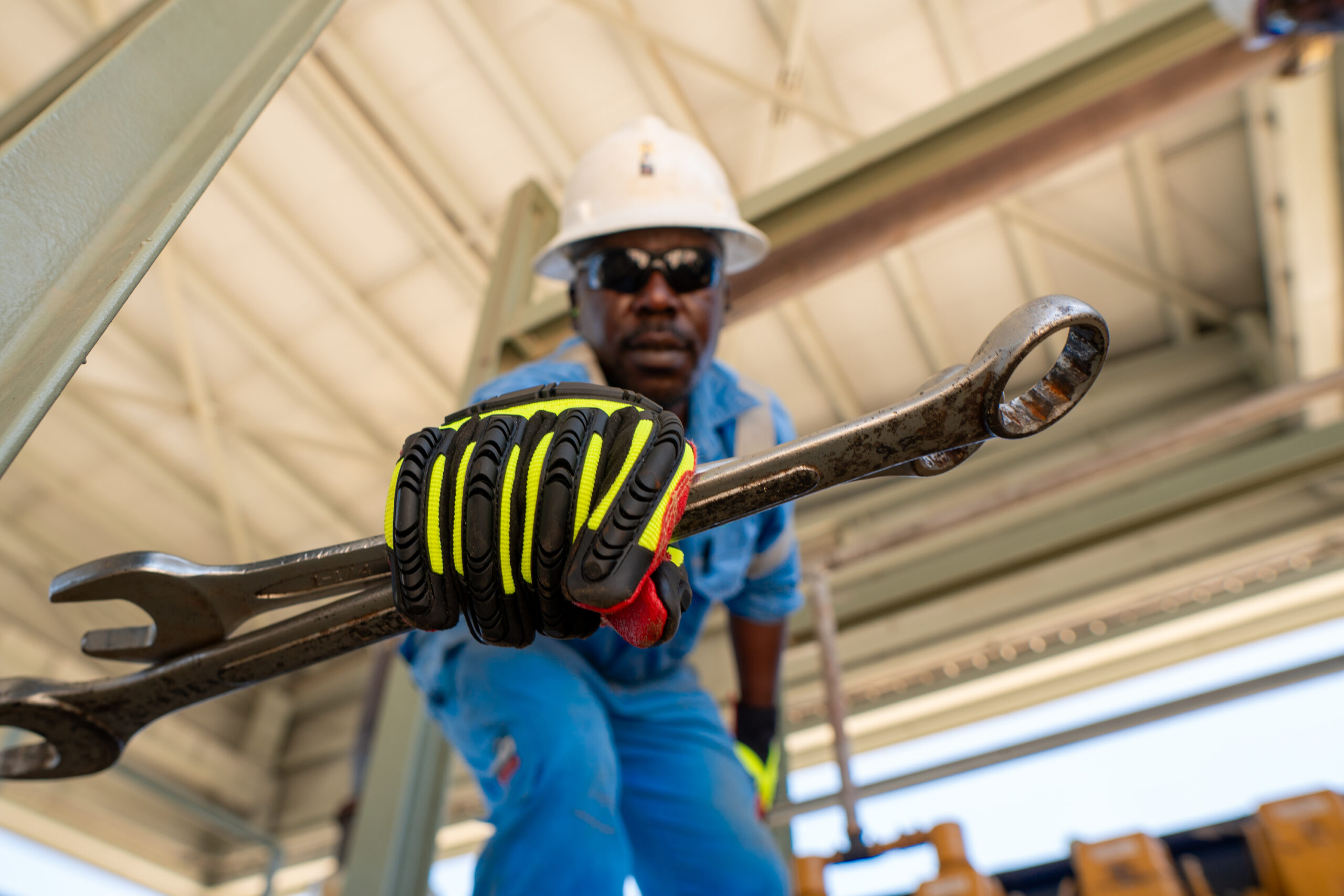
Benefits of CNG
The benefits of using this cheaper, cleaner fuel are increasingly well recognised in Tanzania and, with rapidly escalating global fuel costs, and the fact CNG prices for vehicles have not increased from the first day the scheme opened, more and more drivers are converting, alongside an expanding number of companies seeking to set up new filling stations.
This is vital as a broad network of filling stations across the region, and eventually the country, is key to increasing the attractiveness of this fuel source.

